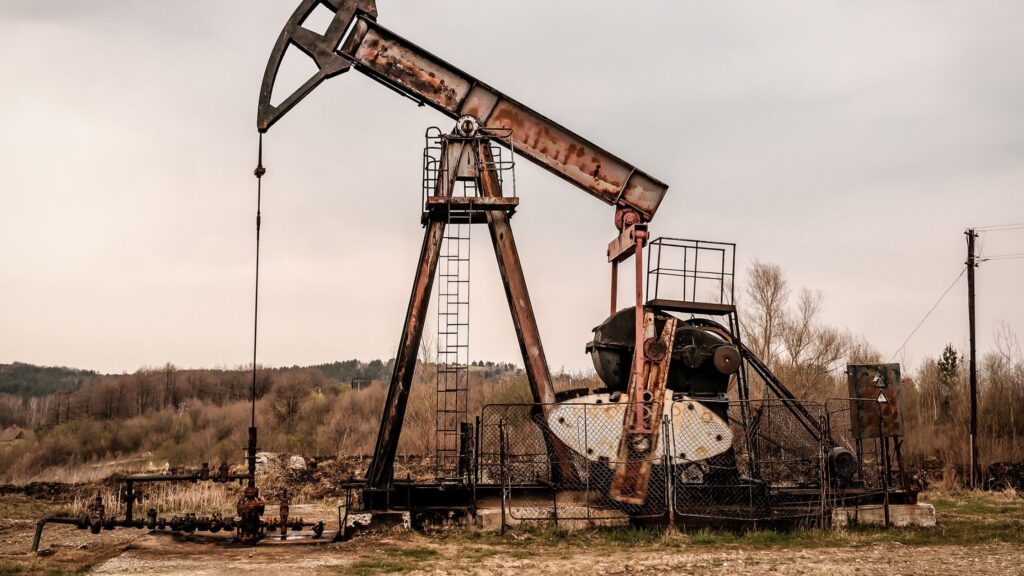It is necessary to inform new owners about these rights as they are not automatically transferred through property ownership. While early oil and gas companies sold the ground property, they also retained the rights to mine for minerals at a later date.
Most of these factors have made it difficult to keep track of mineral deeds and the rights to minerals of a ground property. The ownership of land or properties is usually clear to many people, or at least the person who has authority to grant access to it.
But it is not always clear for other families, leading to arguments over who owns the land, who holds the rights to the minerals, or who is in charge of decisions regarding a large family property.
Below, we discuss how to identify the legal owner of mineral rights.
How to find mineral rights ownership and if you own them?
Finding out who owns the mineral rights to a property can be challenging, but discovering the information on who owns the mineral rights to your land can be a rewarding experience full of surprises. When searching for mineral owners, a good place to start is with the property deed.
A property deed will provide the information to begin your search. It will also provide you with an example of the information you need to gather. Important information to look for includes:
- Type of deed – Deeds have different names: title deed, real estate deed, quitclaim deed, royalty deed, or other terms. The type depends on the information in the deed’s description.
- Seller’s Information – The seller is usually called the grantor. Look for information about the previous property owners, such as their name and address when they sold the property. When searching for mineral rights, gather information on all previous property owners. Doing so will establish a link to the owner of the mineral rights.
- Buyer’s information – The name of the grantee (buyer) will be on the deed at the time of the sale.
- Transfer Details – the term conveyance is used to describe this. It is the transfer of rights to the buyer. This section usually details how the rights to a property are transferred to the grantee as well as the grantee’s heirs or successors. It is often separated from the conveyance provision. You will also find any exceptions to conveyances of rights in this section.
- Property Description – In legal terms, this is the property description. In PLSS-compliant states, you will find the description of the township, section, and the property location range. Familiarize yourself with how PLSS descriptions are written. Some states, including Texas, use the old British metes and bounds system, which lists a property’s block and lot number and subdivision name.
Once you understand the deed, you know where to start looking for the mineral rights to your property.
How to search for mineral rights records?
When looking for mineral rights records, in addition to looking at who presently owns the land and pays the property taxes, you need to dig deeper. Let’s look at some of the things you need to examine.
1. County Records and Tax Assessor’s Office and Documents
Conduct a title deed search at the county records office to find the owner history in the title deed. Follow the history of the property through the chain of owners.
This can tell you whether the property or land was ever owned by an oil and gas company. It gives you a clear indication of the direction to search for mineral ownership rights. The deed contains the description of the property, rights-of-way, oil and gas liens, mineral rights and easements.
Search deep into archives to find mineral rights covered in the current deed. Pay special attention to historical deeds from the 1900s and earlier, when the sale of mineral rights was common.
2. Loan Default History and Foreclosure
If a bank forecloses on a property that has mineral rights, it takes possession of those rights. In the event of an auction following the foreclosure, the bank may decide not to transfer the mineral rights. In other words, the bank still owns the minerals and will benefit from the oil and gas royalties.
3. Royalty deeds
There are also royalty deeds. In contrast to mineral rights deeds that give holders the right to explore and conduct drilling activity, royalty deeds grant the owner the right to receive a royalty if an oil company or other entity exploits the minerals.
It means that mineral rights owners do all the work while royalty deed holders benefit financially via royalty checks. Royalties come from the production of minerals, such as oil-producing wells being established and producing oil, gas leases, or other oil and gas activity.
4. Use a title company to conduct a search
You may save time by hiring a title company to do specialized mineral rights research on the property. Even though title companies charge for this search, they are better qualified to find detailed records concerning mineral rights. The title company may come across something you would overlook.
The search for the chain of title and locating the minerals rights records can take even experienced specialists a week or more to complete. Save money by doing as much work as you can. But there are still costs for searches and copies of deeds payable to the county clerk’s office.
5. Online records search company
Instead of searching through the courthouse’s records and books, you could try an online records search service. Records from hundreds of counties are digitized and made available online using mineral management software (MMS). For a minimal fee, you can access the largest online repository. This search option for county records, done by you or a title company, can save time and is convenient.
How much does a mineral search cost?
Getting an online records search company to search for you is not cheap.
The cost typically ranges from $200 to $5000 per 640 acres and depends on the results of the research.
The search includes reviewing and curing title defects or other title risks associated with ownership of minerals through research of private and public records and establishing the owners of minerals through the review of private and public records.
The search company sets the price for each report. Factors such as proximity to active exploration, the complexity of the legal description of mineral interests, and completion date can also influence the cost.
How to locate your mineral rights?
To locate your mineral rights records, begin at the county recorder’s office. The legal description of the property should be in county deed books. You can specifically search the book and page where the property is located if you have a take-off.
Otherwise, start with the legal property description or any other data from your deed. If you don’t have a copy of your deed, start by looking for the title to the property, and work backwards from there.
You should build a chain of ownership starting from the new property owners and working backwards to discover who last possessed the mineral rights. Several people or companies may own the mineral rights, so you have to be aware of the original land grant.
Consider using a GIS viewer
Regulatory agencies in each state have slightly different Graphical Information Systems (GIS) viewers.
You can find the public GIS viewer in your state by searching “[your state] oil and gas GIS”.
All Oil and Gas GIS Viewers work similarly. The county and information from your legal description should be searchable. The system is known as the Public Land Survey System (PLSS) in many states.
Identifying who owns what mineral rights may be challenging, so be determined and it might be a rewarding and interesting experience.
Conclusion
The ownership chain may occasionally have gaps. For example, if a bank claims ownership of a property due to a lapsed mortgage, or a previous owner transferred ownership through divorce decree rather than sale.
In some cases, a mineral rights owner may misfile deeds in the wrong place while trying to convey mineral rights as part of a surface estate settlement. Be aware of these factors when searching for your property mineral rights records.



